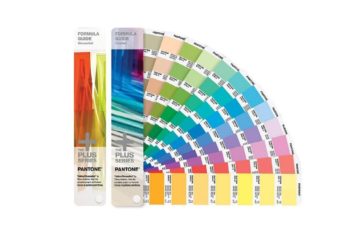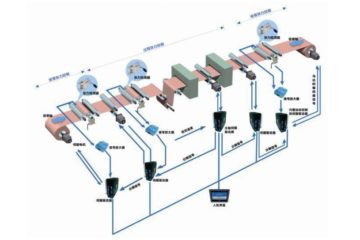Screen printing can be divided into many types according to its layout, printer variety, ink properties and type of substrate, but the printing methods can be divided into the following.
1. Flat screen printing: Flat screen printing machine is a method of printing on a flat substrate with a flat screen plate. When printing, the plate is fixed and the ink is moved.
2. flat mesh curved screen printing: flat mesh curved screen printing is a method of printing on a curved substrate (such as ball, cylinder, cylinder, etc.). During printing, the squeegee is fixed, the plate moves in the horizontal direction, and the substrate rotates with the plate.
3. Circular screen printing: rotary screen printing is a cylindrical screen printing system in which a fixed squeegee plate is mounted in the cylinder, and the cylindrical printing plate is synchronous with the substrate to perform a linear speed moving printing method.
4. Indirect screen printing: The first three methods directly print the substrate from the printing plate, but only print some regular geometric shapes, such as plane, cylindrical surface, conical surface, etc., for complex shapes, angular and concave For surface-shaped objects, they must be printed by indirect screen printing. The process often consists of two parts: flat screen printing and transfer, that is, screen-printed images are not directly printed on the substrate, but printed first. On the flat material, transfer it to the substrate by a certain method. One of the methods of indirect printing is to first print an image on a flat glass by flat screen printing, and then use an elastic silicone head to draw an ink image from the glass as stamped, and then transfer it to the profile. Surface: Another type of indirect screen printing is transfer paper, such as: screen printing paper + thermal transfer, screen printing paper + pressure sensitive transfer, screen printing paper + solvent activation transfer Printed. Indirect screen printing has become a major area of the printing industry.


